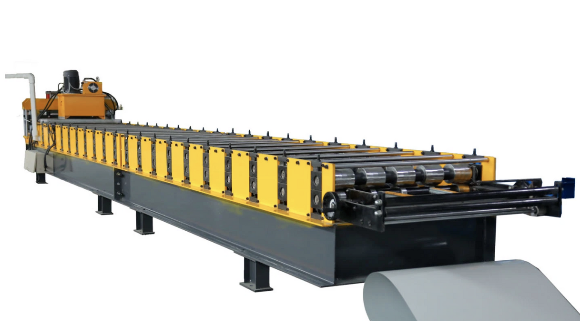1. Check Cooling Systems
- Ensure that all cooling systems, such as fans or cooling fluids, are functioning correctly. If your machine uses oil or water cooling, check for leaks or blockages that could be causing insufficient cooling.
2. Inspect Lubrication
- Insufficient lubrication can increase friction and cause overheating. Verify that all moving parts are adequately lubricated according to the machine's specifications. Top up or replace lubricants if necessary.
3. Examine Load and Speed Settings
- Operating the machine at higher loads or speeds than it is designed for can cause overheating. Review your current settings and make sure they are within the machine’s recommended range.
4. Clean Heat Vents and Filters
- Dust and debris can clog vents and filters, reducing airflow and causing overheating. Clean the machine's ventilation system to ensure proper air circulation.
5. Check for Electrical Issues
- Overheating may be a sign of electrical problems such as faulty wiring, damaged components, or an overloaded circuit. Inspect the machine’s electrical system for any signs of wear or malfunction.
6. Monitor Ambient Temperature
- Ensure that the machine is operating in an environment within its specified temperature range. If the surrounding temperature is too high, consider improving ventilation or adding air conditioning to the workspace.
7. Inspect Rollers and Forming Components
- Excessive wear on the rollers or forming tools can cause increased friction, leading to overheating. Regularly inspect these components and replace them if needed.
8. Schedule Maintenance
- If overheating persists, consult the machine’s manual for recommended maintenance schedules. It may be time for a more thorough inspection or part replacement by a technician.
9. Consult a Technician
- If the problem isn’t easily resolved, contact a roll forming machine technician for a detailed diagnosis. Persistent overheating can indicate a more serious mechanical or electrical issue.
Taking these preventive steps can help mitigate overheating, prolong the life of your roll forming machine, and prevent costly downtime.



